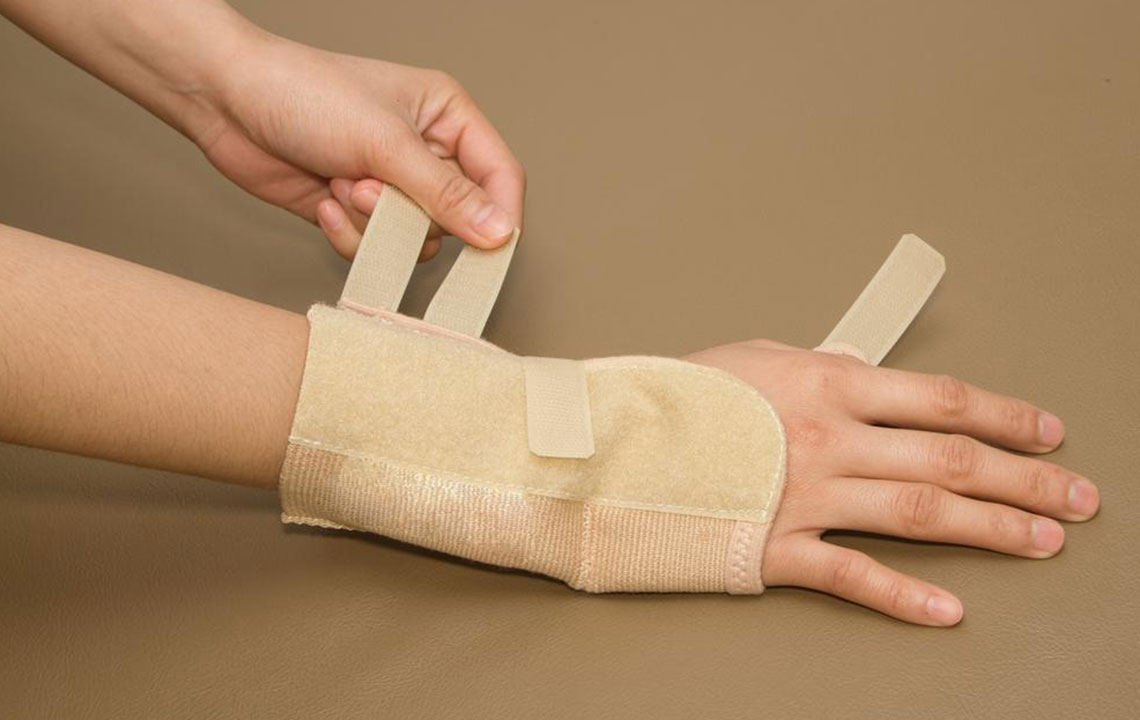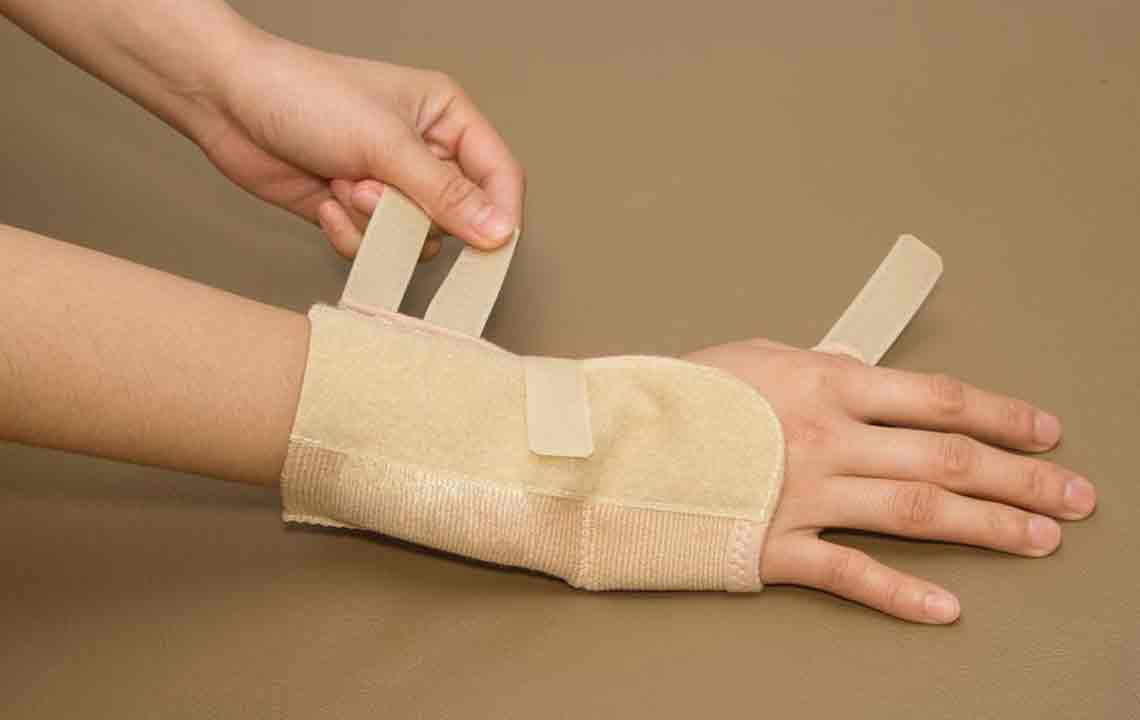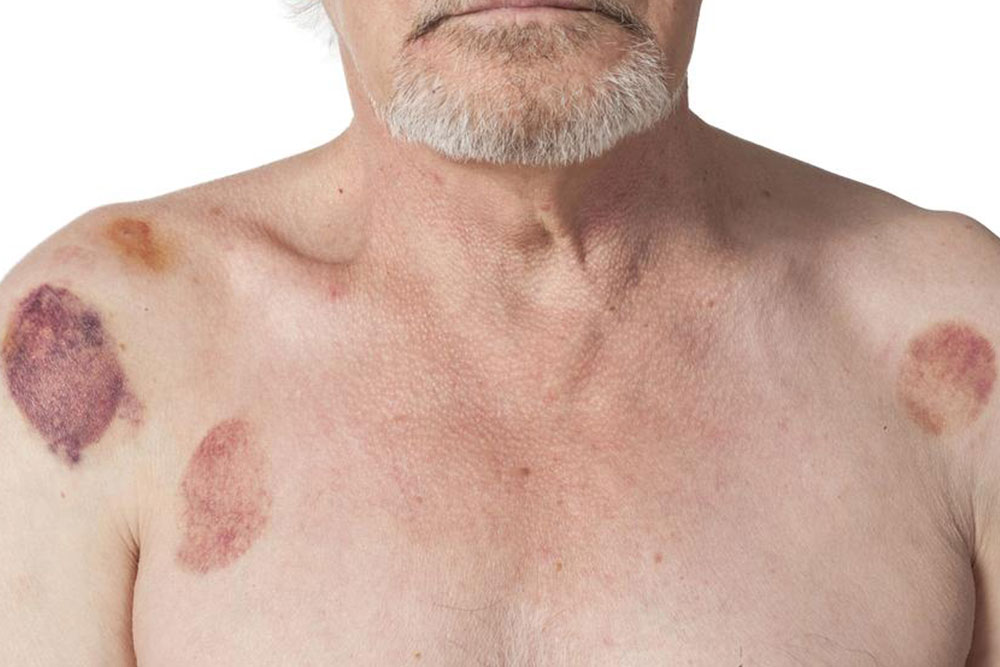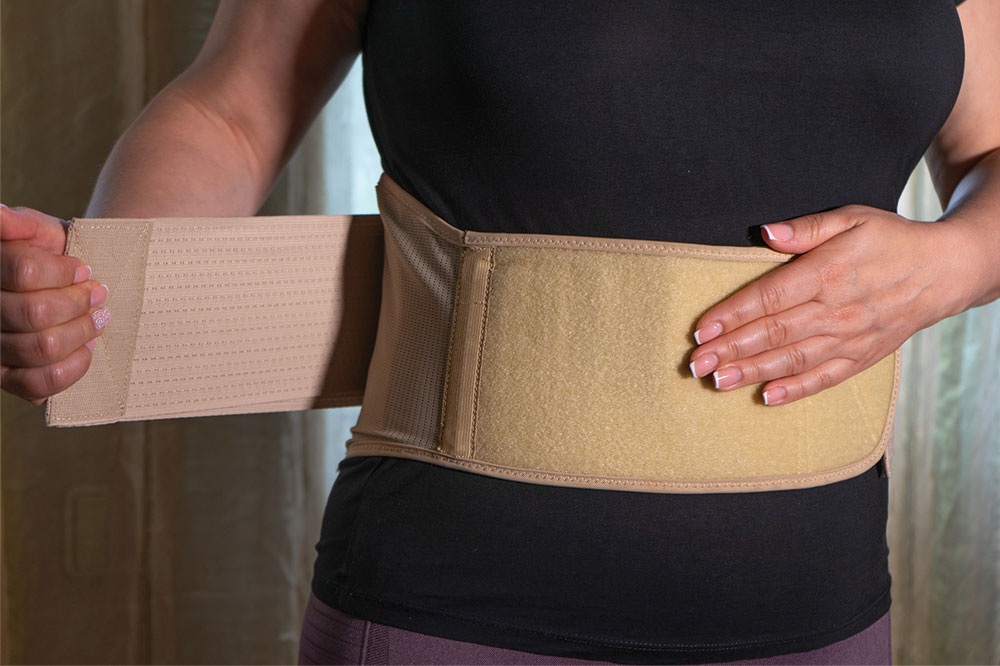Comprehensive Guide to Selecting the Best Wrist Support for Injury Recovery
Discover how to select the best wrist support for injury recovery and injury prevention. This comprehensive guide covers various types of braces, their uses, and how to choose the right support based on your injury type and activity. Proper wrist support can speed up healing, reduce pain, and prevent future injuries, essential for athletes, workers, and anyone experiencing wrist issues.

How to Choose the Perfect Wrist Support for Effective Injury Management and Rehabilitation
Wrist injuries can significantly impact daily life and work activities, making proper support an essential component of recovery. A high-quality wrist support helps stabilize the joint, prevents further injury, alleviates pain, and accelerates the healing process. Whether you are recovering from a sprain, fracture, or managing chronic conditions like carpal tunnel syndrome, selecting the right wrist brace is crucial for optimal outcomes.
Understanding Wrist Injuries
Wrist injuries often stem from various causes, ranging from sports accidents to repetitive strain. Common sports-related wrist injuries include sprains from falls, hyperextension during tennis or golf swings, and impacts in contact sports like hockey. Manual labor involving lifting heavy objects or repetitive motions can also lead to overuse injuries such as tendinitis or carpal tunnel syndrome. Past fractures or previous injuries can increase the risk of future problems, emphasizing the need for adequate support during recovery.
Extended hours at desks, especially with poor ergonomics, contribute to wrist stress. Tasks involving typing, using a mouse, painting, carpentry, or gaming often require repetitive wrist movements that can cause strain and, over time, lead to chronic issues like carpal tunnel syndrome or tendinitis. Sudden falls onto outstretched hands are among the most common causes of wrist fractures and sprains, highlighting the importance of protective supports during high-risk activities.
Types of Wrist Support Devices
The market offers a variety of wrist braces designed to cater to different injury types and severity levels. It is always advisable to seek professional medical advice to determine the most suitable support, especially for complex or severe injuries that might require custom-fitted braces. Over-the-counter options are often adequate for minor strains or as preventive measures, but certain conditions necessitate personalized fittings from healthcare practitioners.
Wrist supports come in several forms, each designed to serve specific purposes:
Wrist splints provide rigid stabilization to facilitate healing and prevent movement that could worsen the injury.
Thumb-specific splints support injuries to the thumb joint, often included with wrist support for combined injuries.
Sports wrist braces are engineered to prevent injury during high-impact activities such as tennis, golf, martial arts, or hockey.
Repetitive Stress Injury (RSI) braces aim to keep the wrist in a neutral position during prolonged tasks like typing, gaming, or assembly line work.
Post-surgical braces are larger, providing stiff support to protect the wrist after procedures or immobilization phases.
Specialized Wrist Supports for Common Injuries
Thumb Spica Support
This brace is designed specifically for thumb injuries, immobilizing the thumb to prevent movement and reduce pain. It often extends to support the wrist, offering comprehensive stabilization. Conditions like tendinitis, scaphoid fractures, and ligament injuries from falls with an outstretched hand are typical indications for this support. The immobilization encourages healing and prevents further damage.
Wrist Cock-up Splint
The wrist cock-up splint is frequently prescribed for ligament tears, tendinitis, or post-immobilization recovery. It maintains the wrist in a neutral or slight extension position, which reduces strain on the joint. Made from soft cloth materials with a thumb opening, some models incorporate thermoplastic or fiberglass inserts for enhanced support and rigidity. These splints are especially useful after cast removal or during rehabilitation phases.
Ulnar and Radial Gutter Supports
- Ulnar gutter supports target fractures on the little finger side of the wrist and hand, as well as sprains affecting the ulnar nerve distribution. They provide stabilization to the wrist and palm while allowing finger mobility.
- Radial gutter supports are designed for injuries on the thumb and radial side, supporting the wrist and base of the thumb but leaving other fingers free for movement. They are often used for fractures or sprains specific to the thumb region.
Carpal Tunnel Support
Carpal tunnel syndrome causes nerve compression within the wrist, resulting in numbness, tingling, and pain. Supports designed for this condition aim to immobilize the wrist, alleviating pressure on the median nerve. Custom braces made from thermoplastic, fiberglass, or plaster provide optimal fit and stability, essential for managing symptoms and preventing progression.
Choosing the Right Support for Your Needs
Selecting an appropriate wrist support depends on the injury’s nature, severity, and your activity level. Consulting with a healthcare professional ensures that you get a device tailored to your specific condition, promoting effective healing and comfort. Proper padding, adjustable straps, and breathable materials should also be considered to enhance wearability, especially if the support needs to be worn for extended periods.
In summary, a well-chosen wrist support can make a significant difference in injury recovery, pain management, and injury prevention. Whether recovering from a fracture, managing chronic conditions, or preventing sports injuries, understanding the different types of braces and their proper application is key to achieving the best outcomes.





